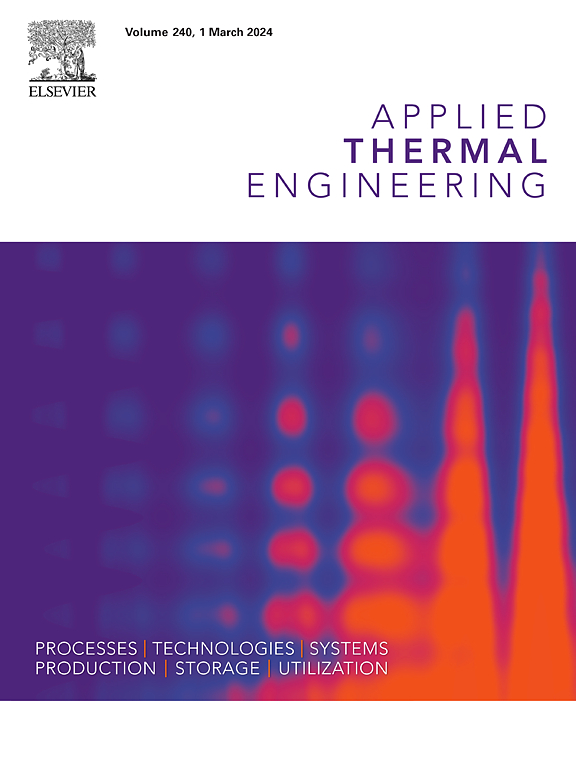A double-ridged waveguide for low-power microwave thermal fracture cutting of low-loss glass and ceramic materials
IF 6.1
2区 工程技术
Q2 ENERGY & FUELS
引用次数: 0
Abstract
This paper proposes an innovative microwave technology-based approach for the precision cutting of low-loss materials, such as glass and alumina ceramics. A novel double-ridged waveguide is designed to optimize energy coupling and generate localized strong electric fields, thereby enhancing cutting efficiency. A multiphysics simulation model for microwave heating is established, incorporating a transformation optics algorithm to simulate the continuous movement of the waveguide’s sliding short-circuit surface during the cutting process. Simulation results show that the proposed waveguide achieves an electric field strength of 5.51 × 105 V/m at 400 W input power, resulting in a 32-fold improvement in energy coupling compared to conventional WR340 waveguides. Microwave cutting experiments on ceramics and glass are conducted and compared with WR340 waveguide heating, with the double-ridged waveguide exhibiting significantly higher heating performance, showing a 93-fold increase in maximum temperature rise. This enables the precise cutting of alumina ceramics and glass sheets. A microwave heating simulation analysis of the temperature distribution on the cutting cross-section reveals that the heat source is concentrated in the center of the section, showing a more uniform and symmetrical temperature distribution compared to traditional thermal cutting. This study not only demonstrates the efficacy of the double-ridged waveguide in generating high-intensity electric fields but also offers a promising solution for low-power thermal fracture cutting of brittle materials, providing new insights for the future of advanced manufacturing technologies.
求助全文
约1分钟内获得全文
求助全文
来源期刊

Applied Thermal Engineering
工程技术-工程:机械
CiteScore
11.30
自引率
15.60%
发文量
1474
审稿时长
57 days
期刊介绍:
Applied Thermal Engineering disseminates novel research related to the design, development and demonstration of components, devices, equipment, technologies and systems involving thermal processes for the production, storage, utilization and conservation of energy, with a focus on engineering application.
The journal publishes high-quality and high-impact Original Research Articles, Review Articles, Short Communications and Letters to the Editor on cutting-edge innovations in research, and recent advances or issues of interest to the thermal engineering community.
 求助内容:
求助内容: 应助结果提醒方式:
应助结果提醒方式:


